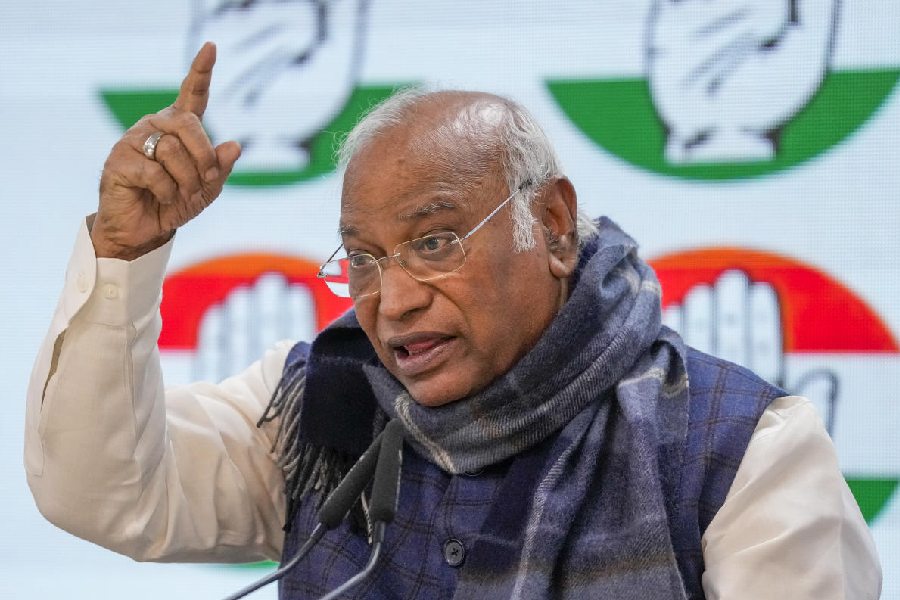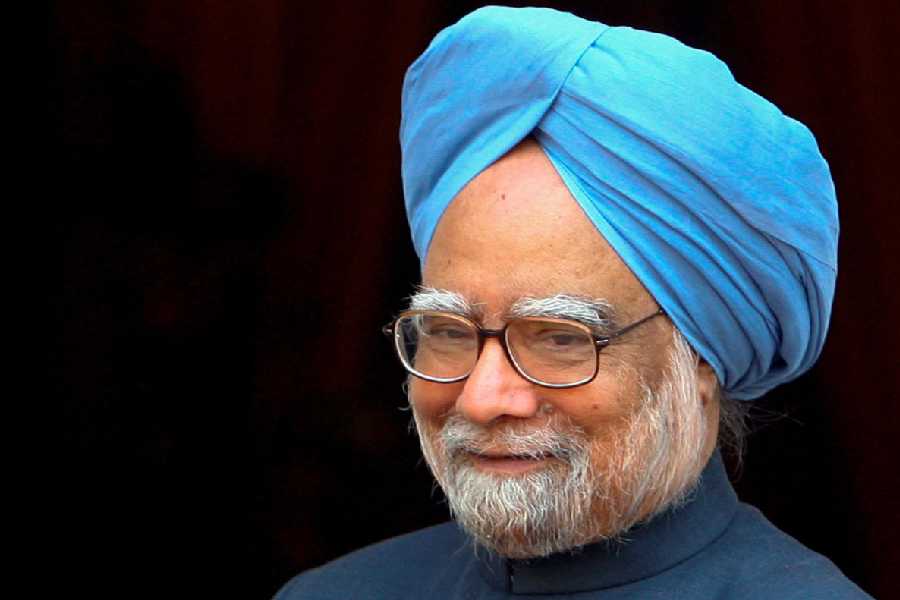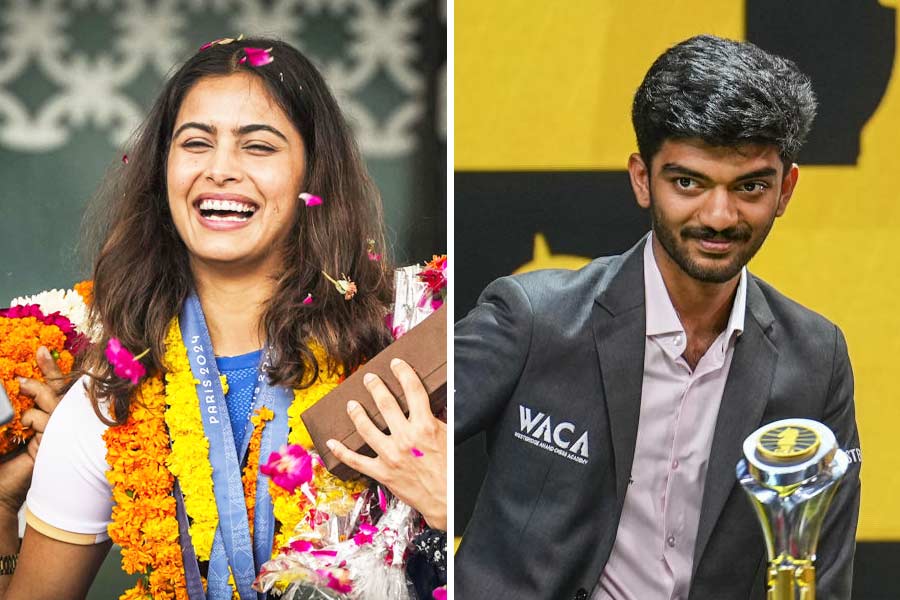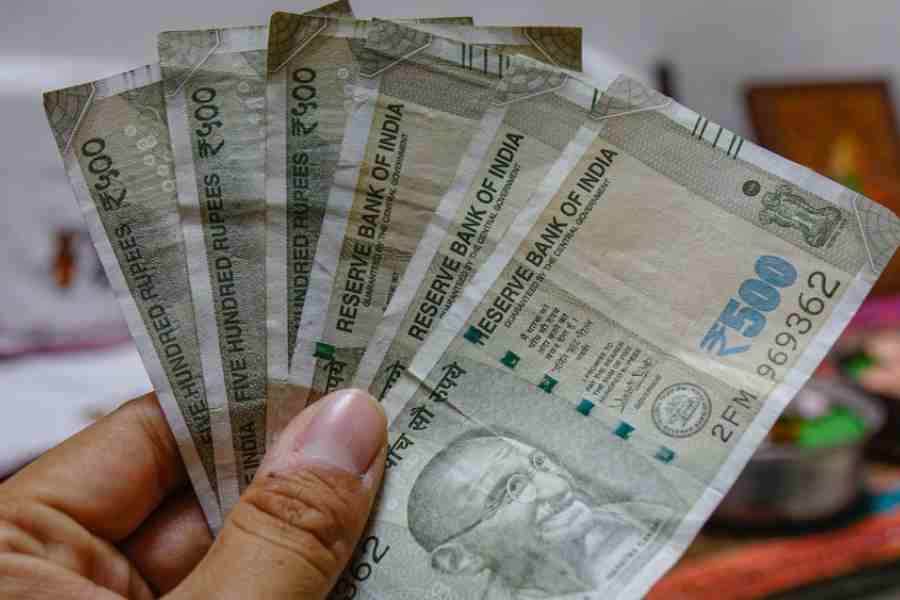This puja, DL Block conjured up a fictional zamindar family, the Chowdhurys, and presented a fashion show depicting the lifestyles of all its family members.
The show began with a conversation between a mother and her daughter, Priyadarshini (played by eight-year-old Raina Guha), who was eager to learn about the members of the Chowdhury family. And one by one, the deceased members of Chowdhury Palace came to life. Pratima Devi Chowdhury was the matriarch, played by the president of the block’s puja committee Chandrika Ramakrishnan. She was followed by her four sons, three daughters, a foster daughter, and even Malati mashi, the indispensable domestic help.
“Playing this role and practising with youngsters made me feel younger. It was also an opportunity, as president of the committee, to connect with everyone,” said Ramakrishnan.
Her character’s eldest son, Kalyaneswar, was shown immersed in wine and courtesans while his lonely wife, Madhabilata, was addicted to betel leaf. Captain B.K. Roy, who played Kalyaneswar, said he had never touched alcohol, but people appreciated his portrayal of the drunk zamindar.
The second son, Barin, an advocate, was played by real-life lawyer Subir Chatterjee. “This show was entertaining and rejuvenating. We will now miss our rehearsals,” he said.
The third son, Tuhin, had recently returned from England and was accustomed to a foreign lifestyle, and the youngest, Samrat, was carefree and rejected the tradition of hunting like his forefathers, believing instead in conserving the Sundarbans and protecting endangered species.
The daughters were then introduced — the eldest, Sandhya Rani; the adopted Geeta, who is a good singer; and Ashalata, the second, a freedom fighter who ultimately dies in a British firing. When Ashalata took the ramp to Kadam kadam barhaye ja, the audience cheered in unison.
Tanushree Chakraborty, who portrayed Ashalata, said she was inspired by Heera Mandi, the Netflix series, in playing the nationalistic character. “Back in the day, it wasn’t easy for a girl from a zamindar family to get involved in the swadeshi movement, so it took a lot of practice to get the emotion right in a few seconds while walking on the ramp,” she said.
The youngest daughter was presented as a bride, and her wedding was recreated on stage. The show concluded with the depiction of goddess Kali as Ardhanarishwar and the current generation of Chowdhury children was shown challenging gender stereotypes: the boys as chefs and fashion designers, the girls as football and karate players.
“My aim was to connect the new generation with the rich traditions of zamindari culture. I wanted to involve all age groups and convey messages of gender equality, honour the sacrifice of freedom fighters, and campaign for the preservation of the Sundarbans,” said Priyadarshini Guha, who directed the show. “My portrayal of Kali was intended to challenge gender stereotypes by reinterpreting the Ardhanarishwar concept, traditionally represented by both Shiva and Parvati, instead of only the submissive and obedient image associated with Parvati.”











